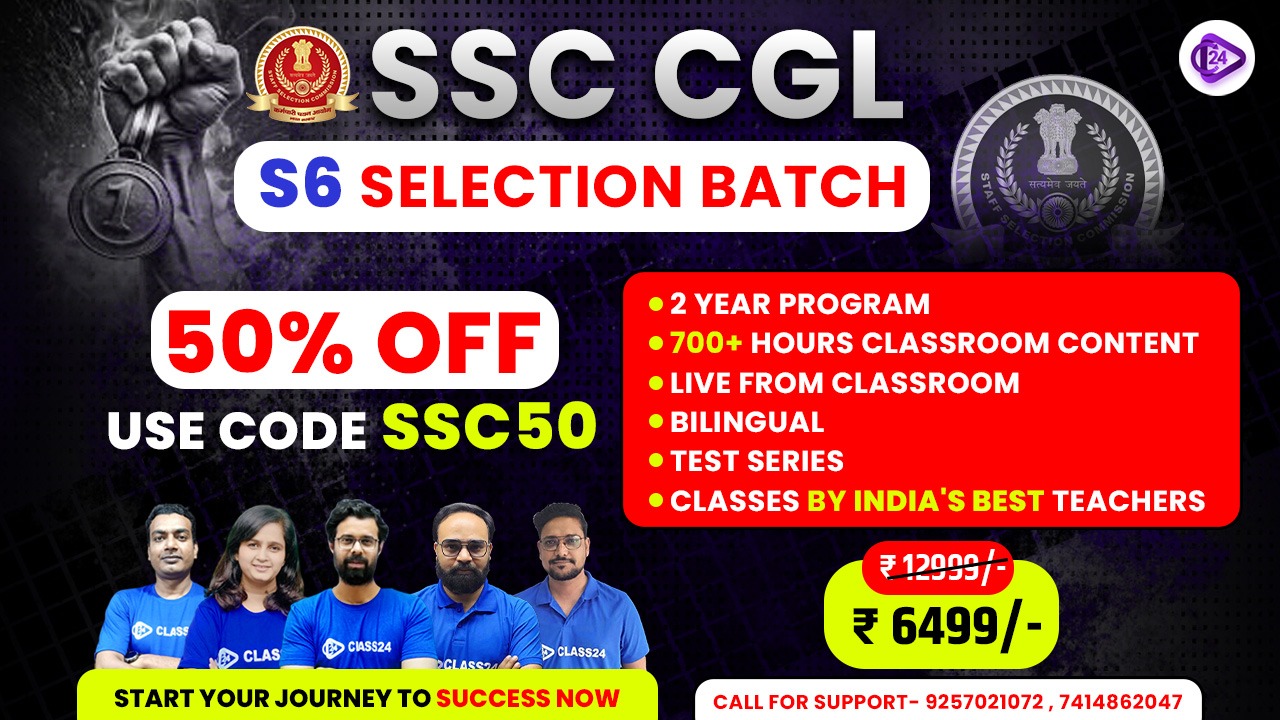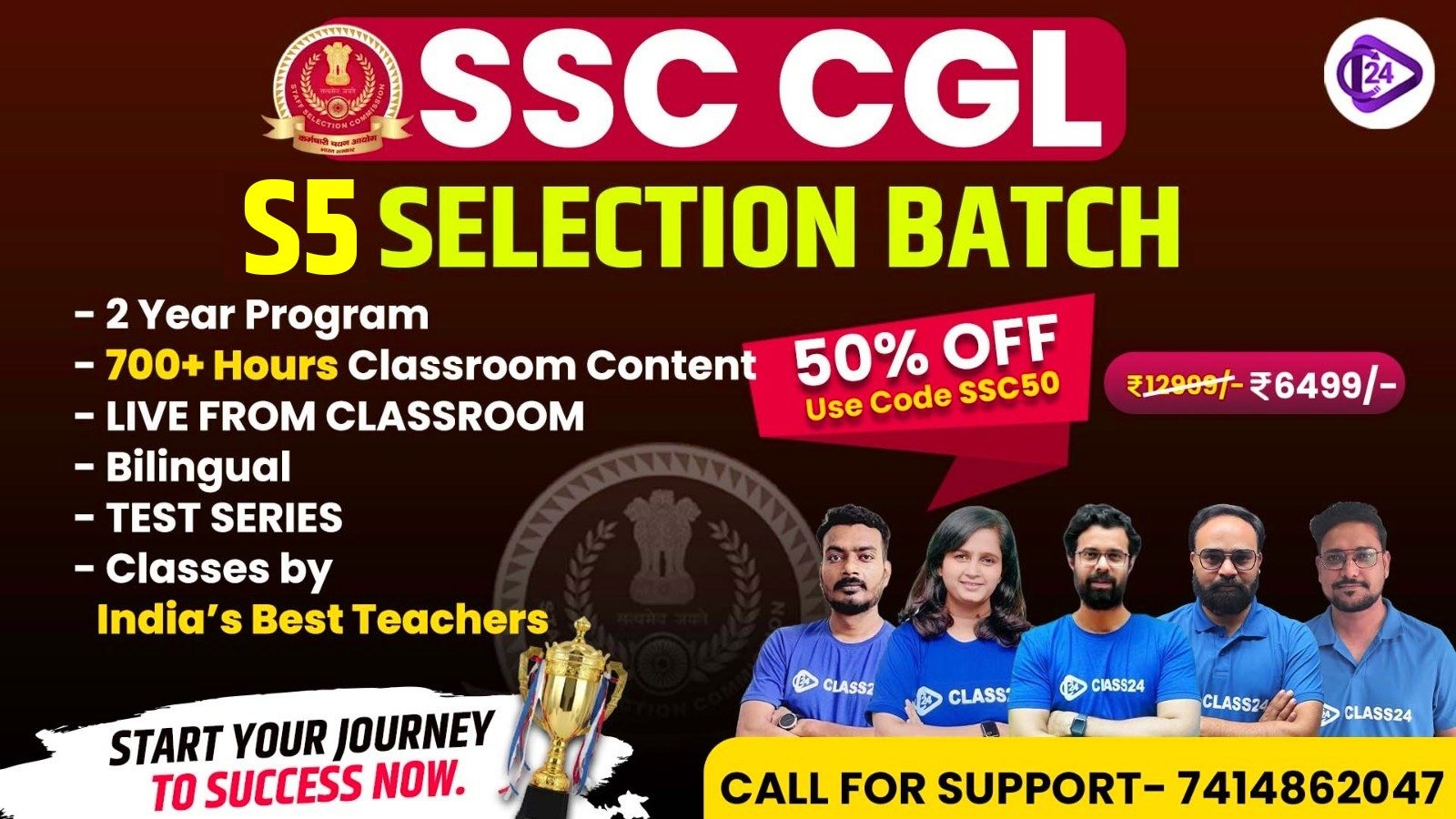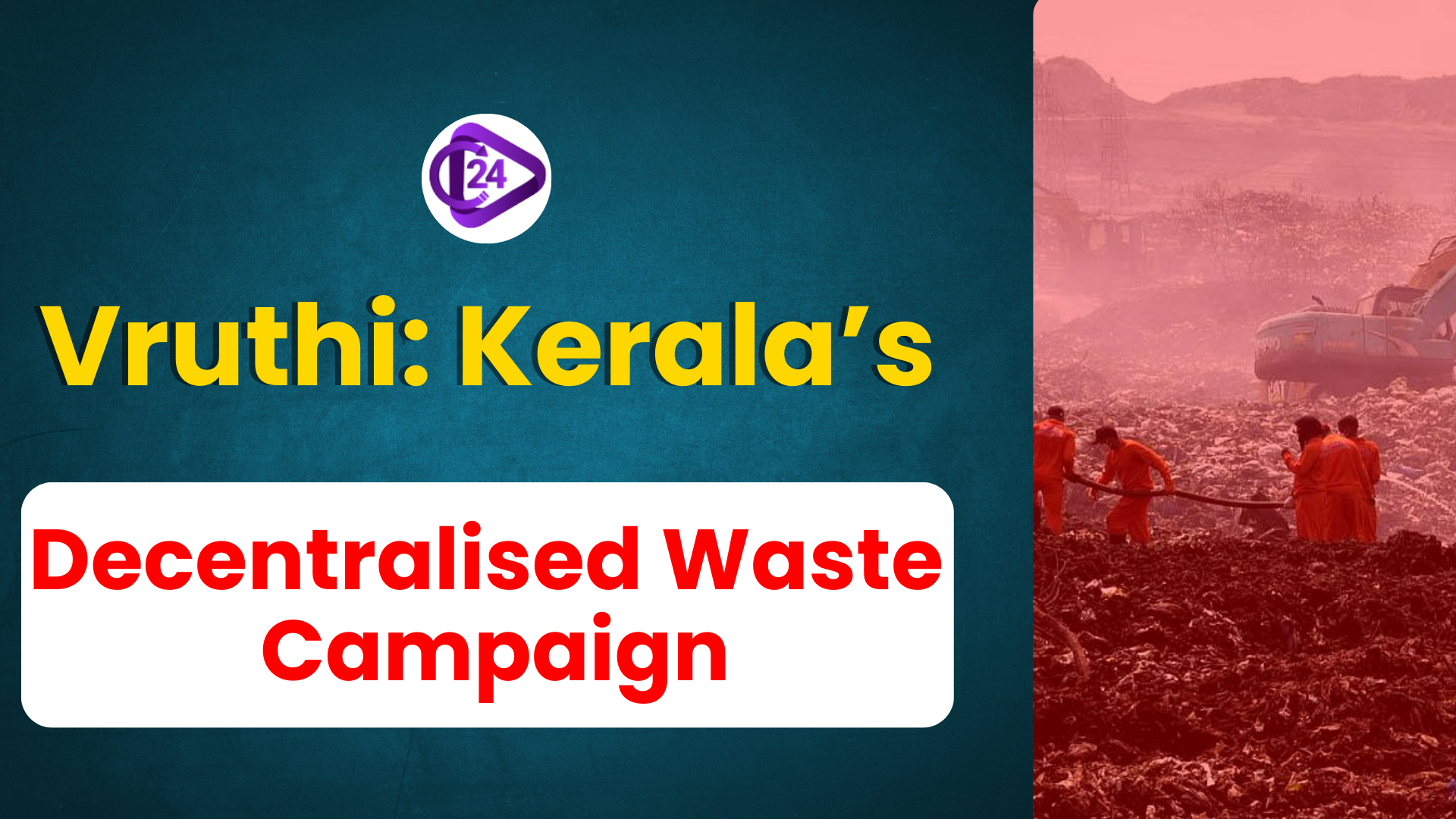
The government of Kerala has announced ‘Vruthi’, an initiative to create awareness and encourage community risk for a cleaner Kerala. achieving a collection rate of 75% for household waste, the initiative illustrates how the program moves away from the old authority dominated approach. The growing urban lifestyle and consumption patterns for retail in Kerala requires more decentralisation in ways of managing waste. This campaign is the integration of governmental action, public participation, and grassroots community systems. Its purpose is to promote the change of long term activities pertaining to waste management, as opposed to relying all on technological innovations.
Why in News?
-
The ‘Vruthi’ campaign was launched in Kerala, with the infusion of a massive conclave which helped support garbage-free Kerala, and made a tremendous improvement in household waste collection and civic participation.
What is the ‘Vruthi’ Campaign?
-
Launched today: October 2, 2024 with the objective of enhancing cleanliness both external and internal.
-
Its purpose is to create long-term lifestyle changes and guarantee an environment free of waste in Kerala (Malinya Muktham Nava Keralam).
-
Mass participation is promoted from politicians, public figures, students, local authorities, and non-governmental organizations.
-
Promotes adoption of flexible and decentralised measures, which fit local particularities.
Why Was This Campaign Necessary?
-
The surge of non-biodegradable refuse following liberalisation was occasioned by household consumption.
-
Since cities grew and people developed different lifestyles, the makeup and quantity of the waste underwent tremendous changes.
-
Question marks on zoonotic disease and sanitation worker deaths scandals called attention to the urgent nature of the challenge.
How Is It Different from the Swachh Bharat Mission (SBM)?
|
Aspect |
Swachh Bharat Mission |
Vruthi Campaign (Kerala) |
|
Approach |
Top-down, supply-driven |
Bottom-up, behaviour-driven |
|
Focus |
Infrastructure (toilets, plants) |
Civic participation, decentralisation |
|
Technology Use |
Technology-specific |
Technology-neutral, localised choice |
|
Governance |
Central planning, state execution |
Local government-led, participatory |
Decentralised waste management systems v/s Centralised systems
|
Aspect |
Centralised Systems |
Decentralised Systems |
|
Success Example |
Guruvayur’s centralised waste plant |
Local community-based initiatives in various panchayats |
|
Failure Example |
Kochi Brahmapuram fire due to severe mismanagement |
Inconsistent implementation due to lack of capacity/funding in some areas |
|
Key Features |
Large-scale processing units, managed by municipal/corporate authorities |
Localized processing (e.g., composting, segregation) managed by communities/local bodies |
|
Advantages |
Economies of scale, centralized oversight |
Customised, community-specific solutions; better public participation |
|
Challenges |
Mismanagement risks, logistical issues in waste transport |
Dependent on local capacity, funding, and training |
|
Kerala's Preferred Model |
A balanced approach combining both systems for sustainable waste management |
What Lies Ahead?
-
Sustainability Concern: As it is far from reasonable to believe the campaign will flourish outside of sustained state leadership.
-
Need for Behavioural Change: The slogan, “My waste my responsibility” should support the households and institutions.
Conclusion
The ‘Vruthi’ campaign marks a transformative shift in Kerala’s approach to waste management by prioritising decentralisation and public participation. It encourages citizens to take ownership through the motto “My waste, my responsibility.” Unlike traditional models, it relies less on technology and more on behavioural change. For long-term success, consistent government backing and community engagement are crucial. If sustained well, Vruthi can become a blueprint for other states aiming for sustainable civic reform.



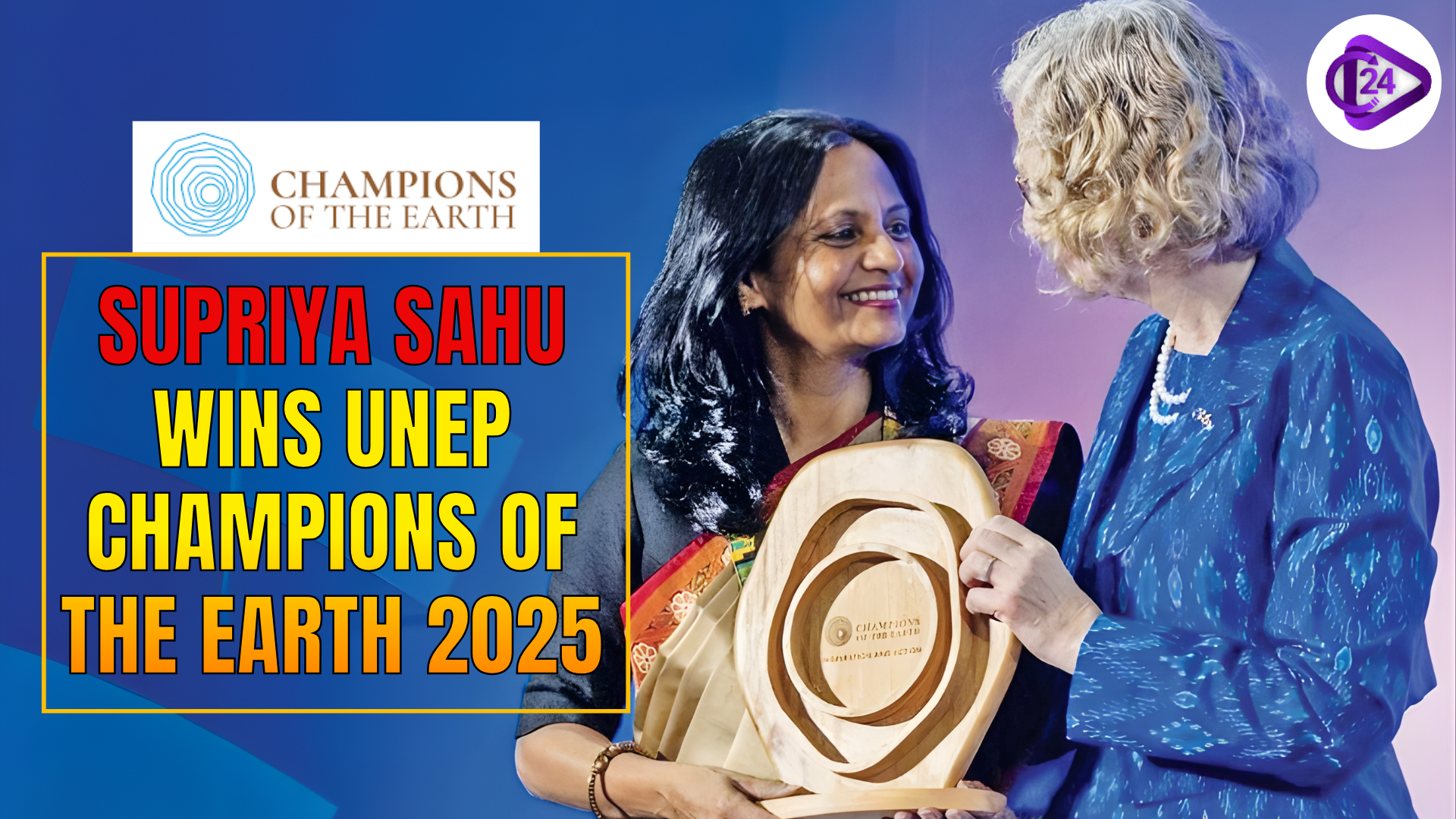 Supriya Sahu Wins UNEP Champions of the Earth 2025
Supriya Sahu Wins UNEP Champions of the Earth 2025 World Soil Day 2025: Celebrating “Healthy Soils for Healthy Cities”
World Soil Day 2025: Celebrating “Healthy Soils for Healthy Cities”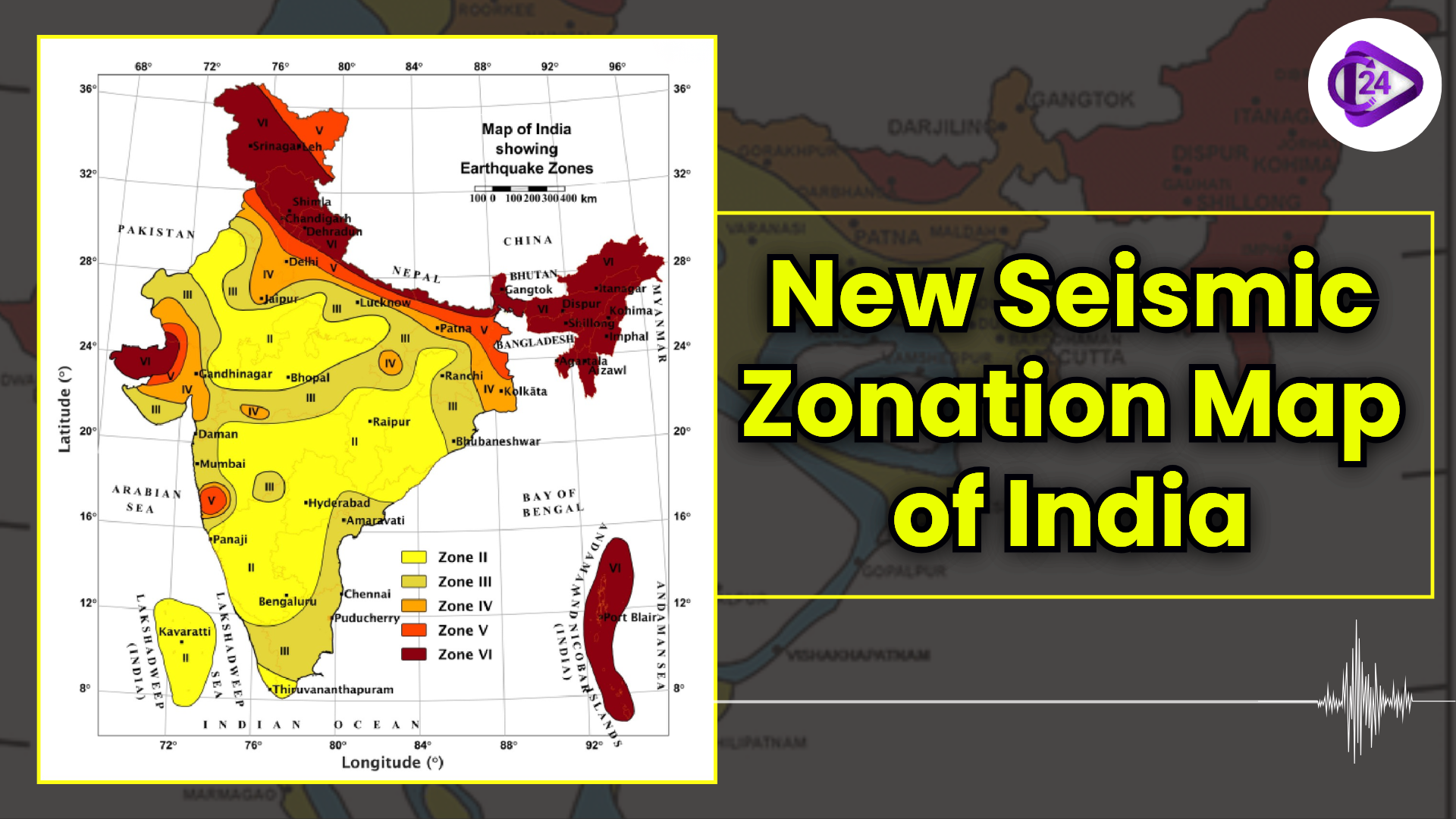 New Seismic Zonation Map of India
New Seismic Zonation Map of India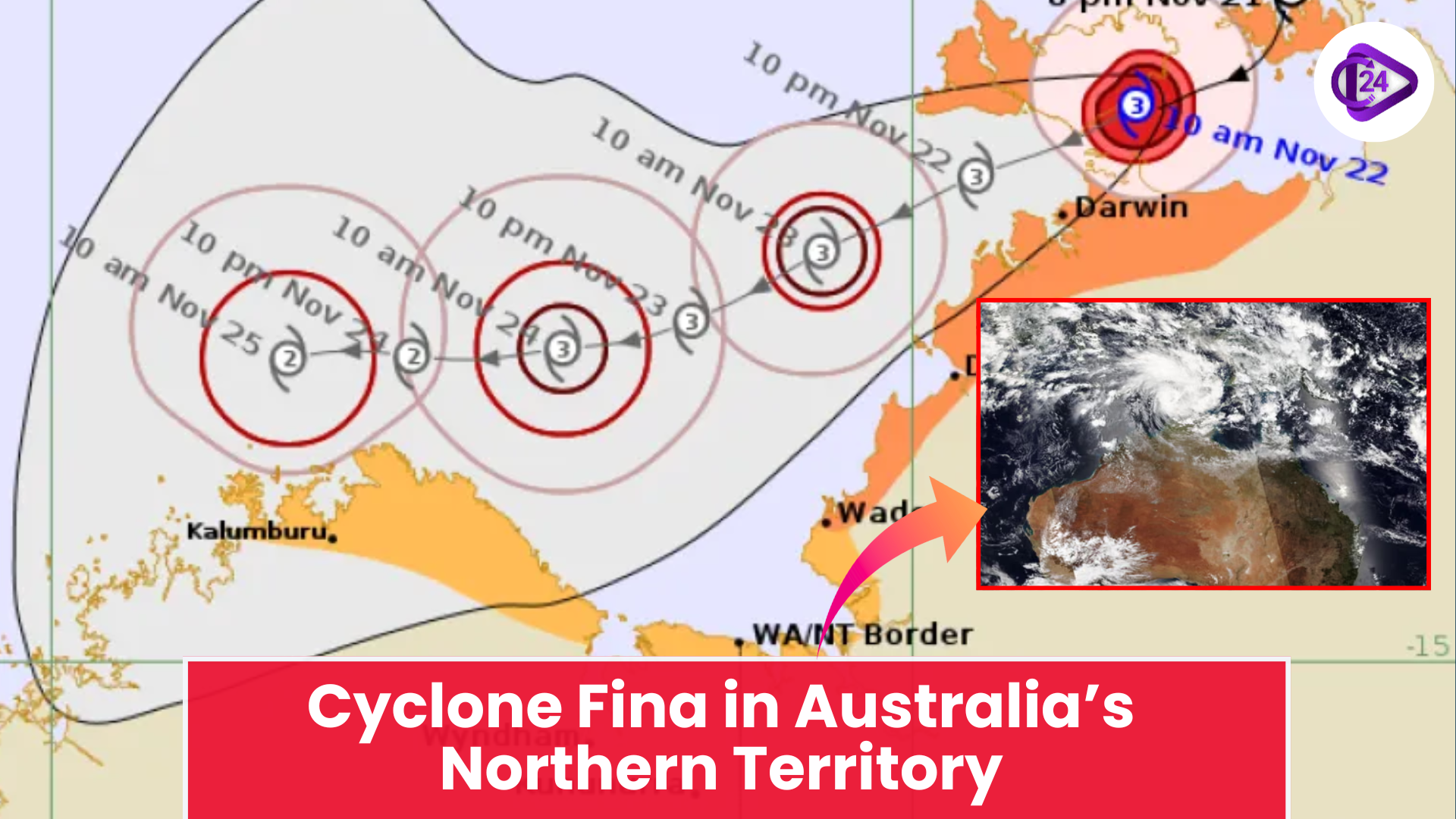 Cyclone Fina Hits Northern Australia With Destructive Force
Cyclone Fina Hits Northern Australia With Destructive Force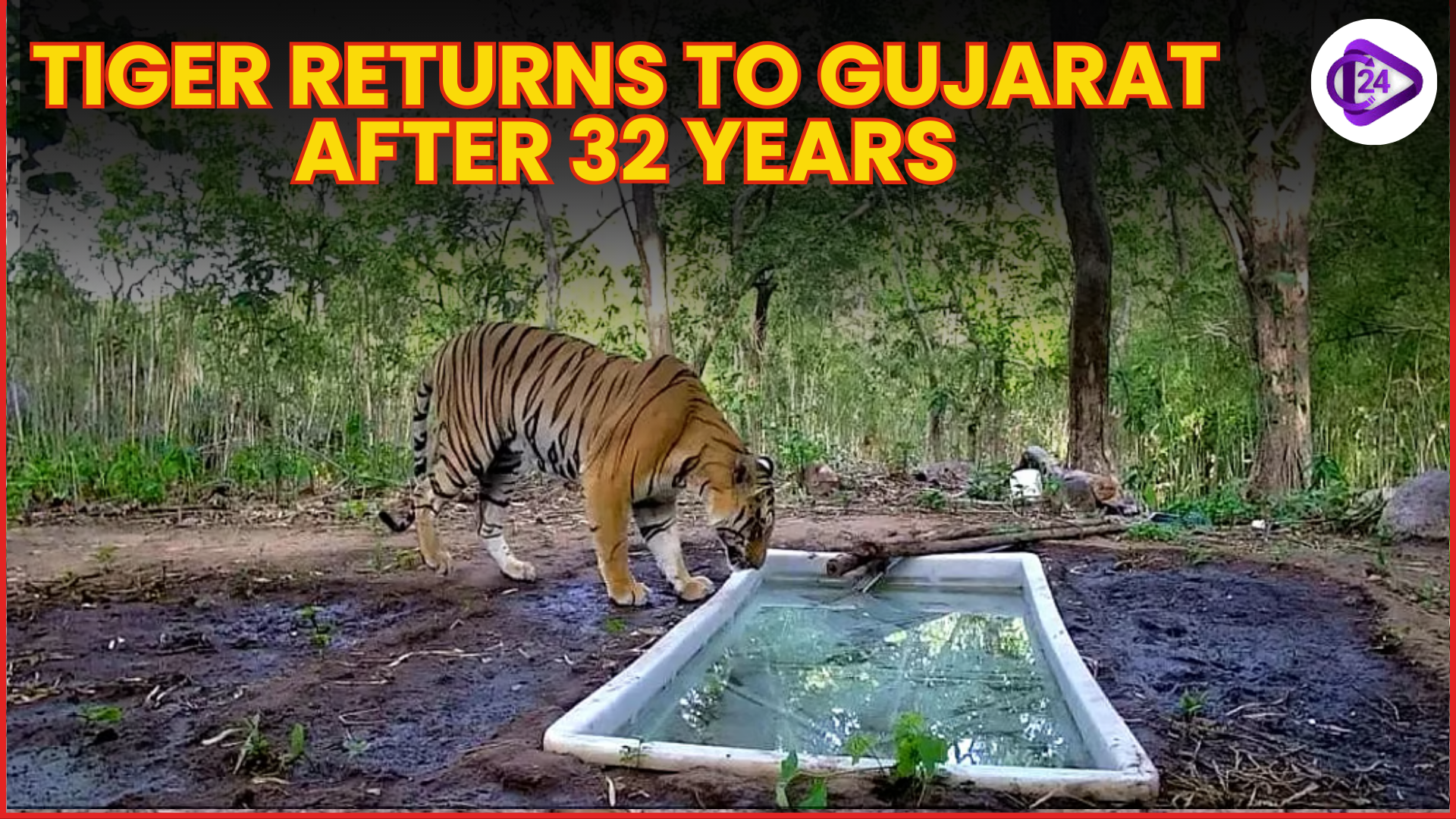 Tiger Returns to Gujarat After 32 Years | Historic Wildlife Comeback 2025
Tiger Returns to Gujarat After 32 Years | Historic Wildlife Comeback 2025 Namdapha Butterfly Festival Showcases the Wild Heart of Arunachal Pradesh
Namdapha Butterfly Festival Showcases the Wild Heart of Arunachal Pradesh Gogabeel Lake Achieves Ramsar Status for Biodiversity and Conservation
Gogabeel Lake Achieves Ramsar Status for Biodiversity and Conservation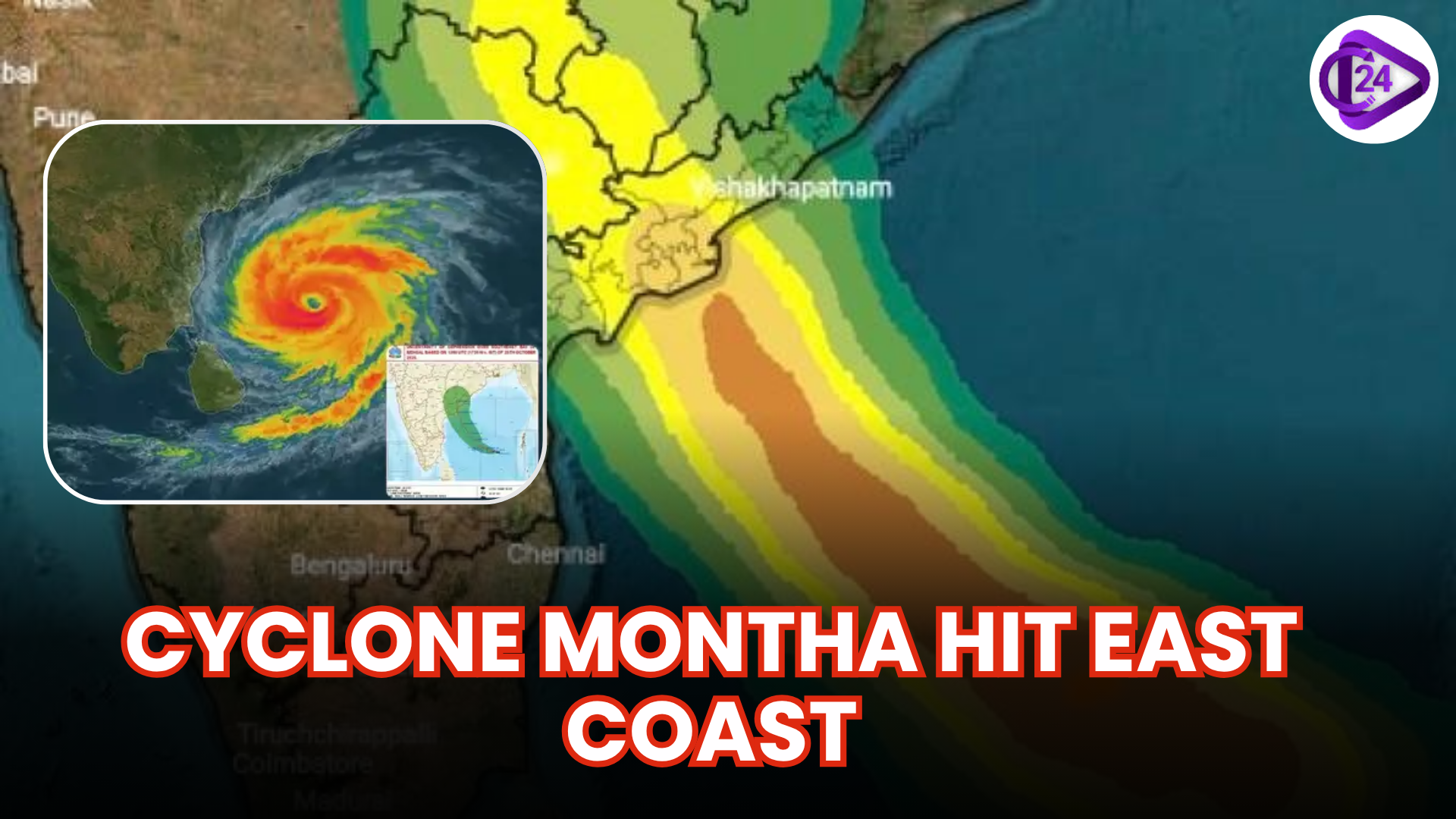 Cyclone Montha Makes Landfall Near Kakinada, Bringing Destruction to Andhra and Odisha
Cyclone Montha Makes Landfall Near Kakinada, Bringing Destruction to Andhra and Odisha India Conducts First-Ever DNA-Based Elephant Census, Reveals Population Decline by 25%
India Conducts First-Ever DNA-Based Elephant Census, Reveals Population Decline by 25%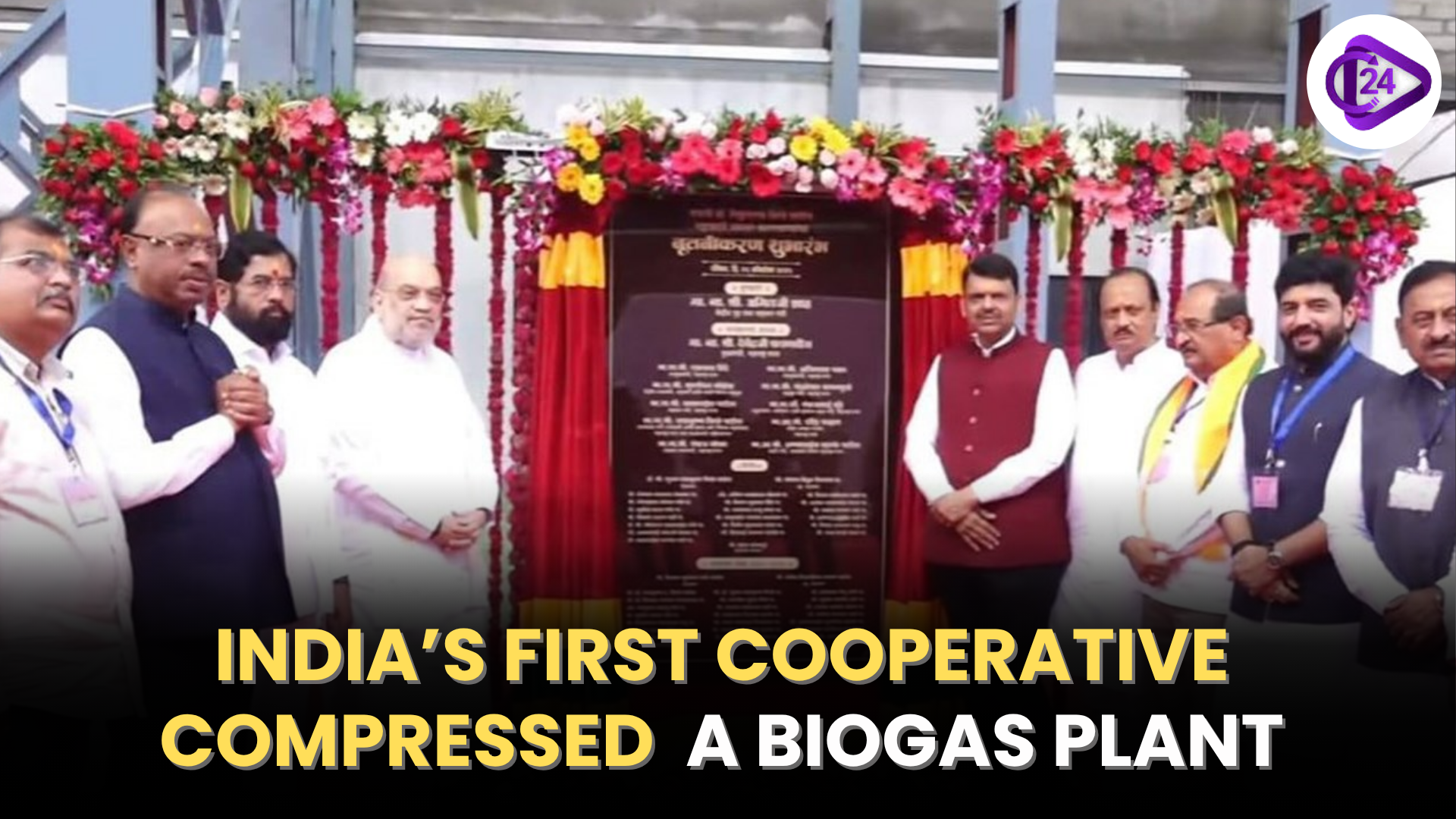 Maharashtra Gets India’s First Cooperative CBG Plant | 12 Tonnes Biogas Daily Production
Maharashtra Gets India’s First Cooperative CBG Plant | 12 Tonnes Biogas Daily Production


